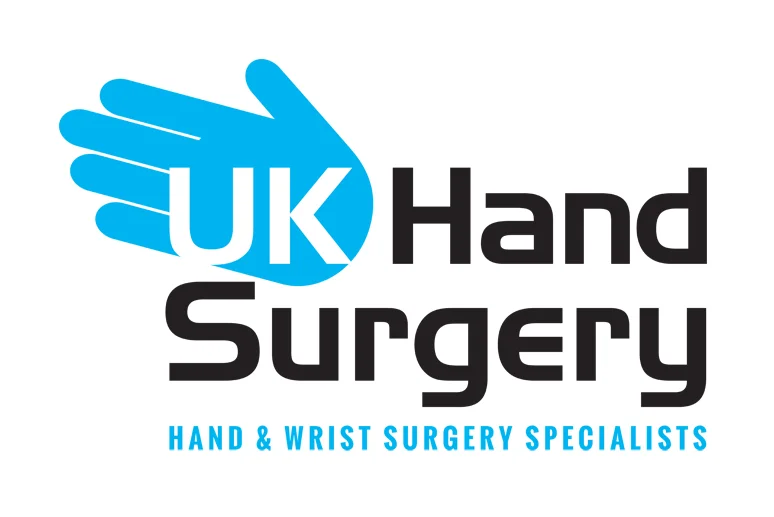Tennis / Golfer's Elbow
Tennis or Golfer’s elbow is a condition that can occur due to repeated overuse of the forearm muscles. Patients mainly experience pain at the bony prominence at the inner aspect of the elbow known as the medial epicondyle in Golfer’s elbow, this is also referred to as medial epicondylitis. Tennis Elbow affects the outer aspect of the elbow and is known as lateral epicondylitis.
Golfer’s elbow can affect people of any age who engage in repetitive elbow movements. It is seen more commonly in certain occupations, such as carpenters, who repetitively swing or perform hammering type movements with their elbow and in certain sports, with golf being the most common.
Golfer’s elbow is not as common as Tennis elbow. Tennis elbow is more related to racquet sports where players may also develop the condition due to gripping their racquet firmly whilst playing certain shots. But equally it may be due to a poor shot technique or use of a wrong size racquet!
Symptoms may present as ;
- On the outside or inside of your upper forearm, just below the bend of your elbow
- When lifting or bending your arm
- When gripping small objects, such as a pen
- When twisting your forearm, such as turning a door handle or opening a jar
The repetitive swinging movements place excessive stress on muscles that bend the wrist and twist the forearm. Small tears and scars occur in the muscles due to their overuse, which causes pain, felt at the medial or lateral epicondyle particularly when stress is placed through the muscles.
Treating Tennis / Golfers Elbow
A discussion with our consultant will help identify the underlying cause of your symptoms and X-Ray’s or an MRI scan will be used to identify any tears or scars in the tendons that is causing the pain. A course of pain management and physiotherapy will be the 1st phase of your treatment and you may need to take some time off work or sport to support your recovery. Wearing an elbow brace may also reduce the stresses applied to the forearm muscles and allow them to recover, anti-inflammatory steroid injections into the painful region have been traditionally used to treat these conditions. More recent treatment options include the use of PRP (Plasma Rich Protein) injections. This involves taking a sample of the patients own blood and separating, it using a specialized device, into different components. One of these components has been shown to increase healing and is re-injected back into the affected area in high concentrations.
Other newer treatments, which are less widely practised, include shockwave and ultrasound therapy to the elbow.
Surgical treatment is an option should the above measures fail or symptoms worsen. Surgery aims to reduce the pain and experienced in tennis / golfer’s elbow by releasing the damaged area of the affected muscle and tendon.
After Surgery
Following surgery you will work with our physiotherapist on exercises that will support your recovery and improve mobility in the elbow. Manual workers whose occupation was the main cause behind developing Tennis / golfer’s elbow may need to discuss a modification of their work activities with their employer or take some time off work to enable a safe recovery. Sports players may also need to discuss technique modification with their sports coach or stop the sporting activity until they have recovered.







